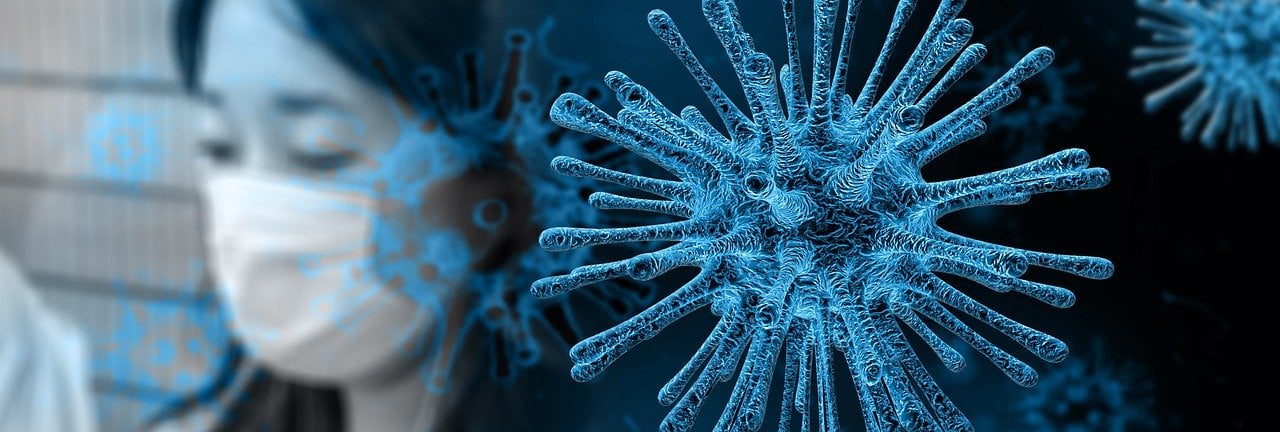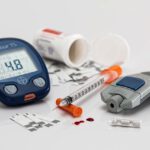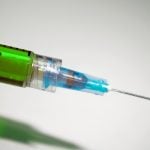NY’s Cuomo Urged to Use New FDA Ruling to Cope With Ventilator Shortage; Millions of Inexpensive CPAP Breathing Machines Already Available For Respiratory Distress; Easy to Make More
Q4 2019 hedge fund letters, conferences and more
The Huge Shortfall Of Hospital Ventilators
WASHINGTON, D.C. (March 25, 2020) - New York State Governor Andrew Cuomo has been asked to take advantage of a very new FDA ruling promoting and authorizing the use of CPAP breathing machines to cover a major part of the state's huge shortfall of hospital ventilators when the number of COVID-19 patients in respiratory distress begins to peak shortly; a major shortage he continues to claim only the federal government can possibly deal with.
He said Tuesday that New York has procured some 7,000 ventilators, but that his state will need, "at a minimum," some 30,000 which he cannot find or even buy. Although the federal government has an estimated 20,000 ventilators in its stockpile, it originally planned to give New York State only 400. As Cuomo angrily put it, "FEMA is sending us 400 ventilators . . . 400 ventilators? I need 30,000 ventilators!"
Apparently in response to this angry comment, the federal government belatedly pledged an additional 4,000 ventilators to the Empire State's fight against the coronavirus, although even with this addition there would still be a major shortfall.
And after noting that new ventilators cannot suddenly be built, even in ten days, by Ford and other companies volunteering to help, Cuomo said "if we don't have the ventilators in 14 days, it does us no good," and patients will die.
Indeed, notes public interest law professor John Banzhaf, hospitals in Northern Italy, currently facing a major shortage of ventilators, are reportedly already refusing to provide any to COVID-19 patients over the age of 60.
Two Or More Patients In Respiratory Distress On The Same Ventilator
The shortfall, which Cuomo says will cause many deaths, is so serious that he is even planning to have hospitals, on an experimental basis, use the untried and completely experimental tactic of putting two or more COVID-19 patients in respiratory distress on the same ventilator - even though they may need different pressures and other different settings, despite the clear risk of cross contamination and infection from various diseases, and many other possible problems.
That's why Cuomo is being urged to follow the advice of the FDA which has said that CPAPs and similar small breathing devices - sometime called "poor man's ventilators" - can be used by many COVID-19 patients who will die without some breathing assistance, but who do not necessarily need the full power and sophistication of a hospital ventilator. A weaker and less sophisticated ventilation machine, such as a CPAP, is much better than none at all when you are dying, argues Banzhaf.
On Sunday, in a little noticed decision, the FDA issued a press lease entitled Coronavirus (COVID-19) Update: FDA Continues to Facilitate Access to Critical Medical Products, Including Ventilators - "The FDA also provides recommendations for other alternatives that should be considered such as devices for treating sleep apnea, continuous positive airway pressure (CPAP), devices."
The agency said that "Continuous Positive Airway Pressure (CPAP), auto-CPAP, and bilevel positive airway pressure (BiPAP or BPAP) machines typically used for treatment of sleep apnea (either in the home or facility setting) may be used to support patients with respiratory insufficiency provided appropriate monitoring (as available) and patient condition." This is VERY important for many reasons, suggests Banzhaf.
Using CPAPs or BPAPs
First, millions of these machines are already in use, largely in homes, so that users who can spare them without serious health risks to themselves might be paid to make them available for a few weeks or months.
Indeed, notes Banzhaf, when he first proposed this idea on the Internet, many users said they would even volunteer their units, especially if they only used them to limit snoring, had an older one no longer being used, didn't use an existing one because it was too inconvenient, etc.
In addition, there are many more of these devices in storage waiting to be sold or rented to new sleep apnea sufferers, so they could be made available in days, rather than weeks or months, to New York hospitals which are running out of ventilators.
Since they are smaller and less sophisticated than hospital ventilators, even more CPAPs could be made quickly and more easily by new companies such as Ford than such companies could ramp up to produce new ventilators. As Cuomo noted, it would take at least ten days to produce additional ventilators.
Moreover, as the Washington Post reported in an article entitled "More Lifesaving Ventilators Are Available. Hospitals Can't Afford Them *** Health industry experts cite cost and uncertainty as disincentives to stocking up, leaving a potential life-and-death gap in treatment options," many hospitals, and perhaps even some cities and states, will likely be reluctant to spend the $25,000-$50,000/each (plus necessary staff to operate and maintain) to buy dozens of ventilators which probably would never be needed again once the crisis abates.
CPAP Machines Can Also Be Used Once This Crisis Is Over
On the other hand, CPAP machines cost only about $850/each, and even less in bulk. So hospitals, cities, and states would probably be far more willing to purchase a significant number of these devices, especially since they could later sell or rent them to patients newly diagnosed with sleep apnea.
Cuomo says it is "inexplicable" why the federal government will not provide the many more ventilators which will be needed very shortly in New York to prevent certain deaths, and that he is even willing to experiment with lives by trying to put two or more COVID-19 patients in respiratory distress on only one ventilator.
Banzhaf says it would be equally inexplicable if Cuomo does not agree to even try to follow the advice of the FDA, and experiment by using CPAP machines for patients who may not necessarily need the full power, sophistication, and specially trained operating personnel of hospital ventilators to survive.












